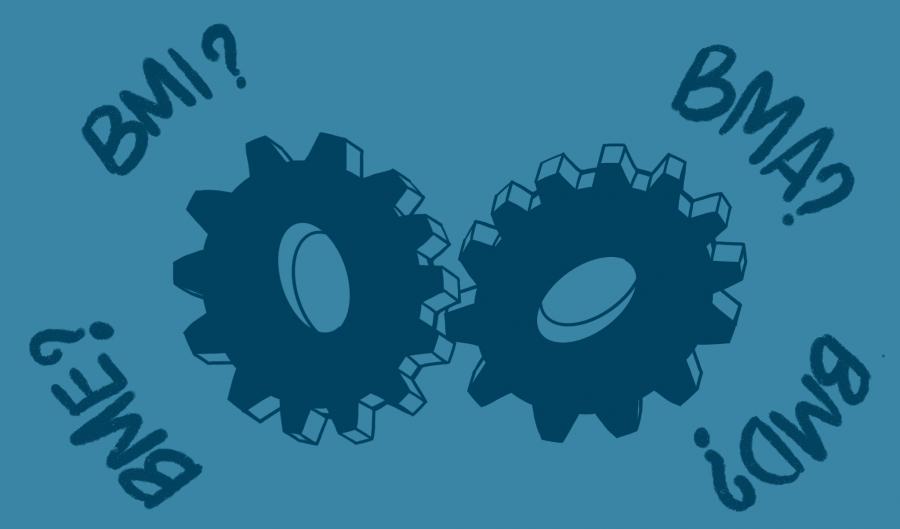One of our researchers has recently published an article about Business Model Dynamics in the Journal of Open Innovation: Technology, Market, and Complexity

Due to the Covid-19 pandemic, businesses face changes in their Business Models in order to capture value and survive.To confront the problem, they need to know the different degrees of change and adaptation they can stand. They can adapt their Business Model to the new environment or innovate and seek out opportunities that disrupt the market. In both cases, they need to know the different choices they have and the different outcomes they may encounter.
The objective of this paper and the purpose of this meta-synthesis is to gain knowledge in the field of Business Model Dynamics (BMD). It is important to point out the evidence of a conceptual incoherence in value appropriation as a result of the use of the terms “Business Model Innovation”, “Business Model Adaptation”, and “Business Model Evolution” as synonyms.
Therefore, the authors consider that this is one of the causes why this phenomenon remains poorly understood, despite its importance for managers, policy makers, and academics alike. Moreover, even though each BMD instance has a specific influence on how to adapt a business model to a new strategic setting, this delimitation is not enough to understand the success in the conversion of the new strategic challenges to sound business models.
However, they may be defined as:
-
Business Model Innovation: as the broader process with the objective to create a new Business Model.
-
Business Model Adaptation: as a process with the objective to adapt a current Business Model, and that can be a form of BMI if it becomes innovative.
-
Business Model Evolution: as a component of a wider process of transformation that seeks the change of a Business Model through small incremental changes in the current model.
By definition, Business Model Innovation is innovative and Business Model Evolution and Business Model Adaptation can be either innovative or non-innovative, depending on the nature of its changes.
On the other hand, Business Model Evolution and Business Model Adaptation are similar as they both normally involve organizational processes that bring incremental adjustments to the business model. Meanwhile, Business Model Innovation tends to be based on radical innovation of the Business Model. Although BMA can also be radical sometimes if the adaptation is innovative to the point that nothing like it has been done before, and BMI can be incremental in a few cases, when for example, different phases of change are defined through the years.
Business Model Evolution and Business Model Adaptation are similar from the perspective that they both involve organizational processes that bring adjustments (as opposed to disruptions) to the business model. However, they differ in the way that BME processes occur more naturally and incrementally over the lifespan of the firm’s business model while BMA occurs periodically.
Business Model Innovation occurs infrequently since companies need a certain stability in their Business Models. However, from the perspective of dynamic capabilities, both BMI and BMA, should be part of the strategic actions looking for sustained value creation in companies.
Business Model Innovation can be identified when the technology push acts as an internal driver for innovation. The opportunity to disrupt the market leads to change in the business model. Business Model Innovation is suitable for all types of companies, but young companies are more motivated to do radical changes and to try new and disruptive ways of attacking a market to find competitive advantages, as established firms have many other alternatives to consider, including ‘investing its limited resources in adjacent markets or taking its existing business model internationally’
Instead, Business Model Adaptation can be identified when the shift in focus goes from product solutions to customer solutions. There are external pressures for change, which means that the market pulls to change the business model. Business Model Adaptation is suitable for all types of companies, literature shows that incumbents tend to adapt their business models when changes come from an evolution of the market.
Regarding Business Model Evolution, the need to change could be internal or external as the need for changes arises when information that was unavailable or was unknown appears.It implies minor adjustments in Business Models and can be applied either to start-ups or incumbents.
Organizational learning helps to understand the connection of each BMD instance to strategy implementation. What our literature research shows is that each BMD instance can propose changes that can affect the theory-in-use or the espoused theory of the firm and to face each one of them should develop adequate learning capabilities.
Authors: Montserrat Peñarroya, Francesc Miralles, Katalina Soto and Blanca Sanahuja.